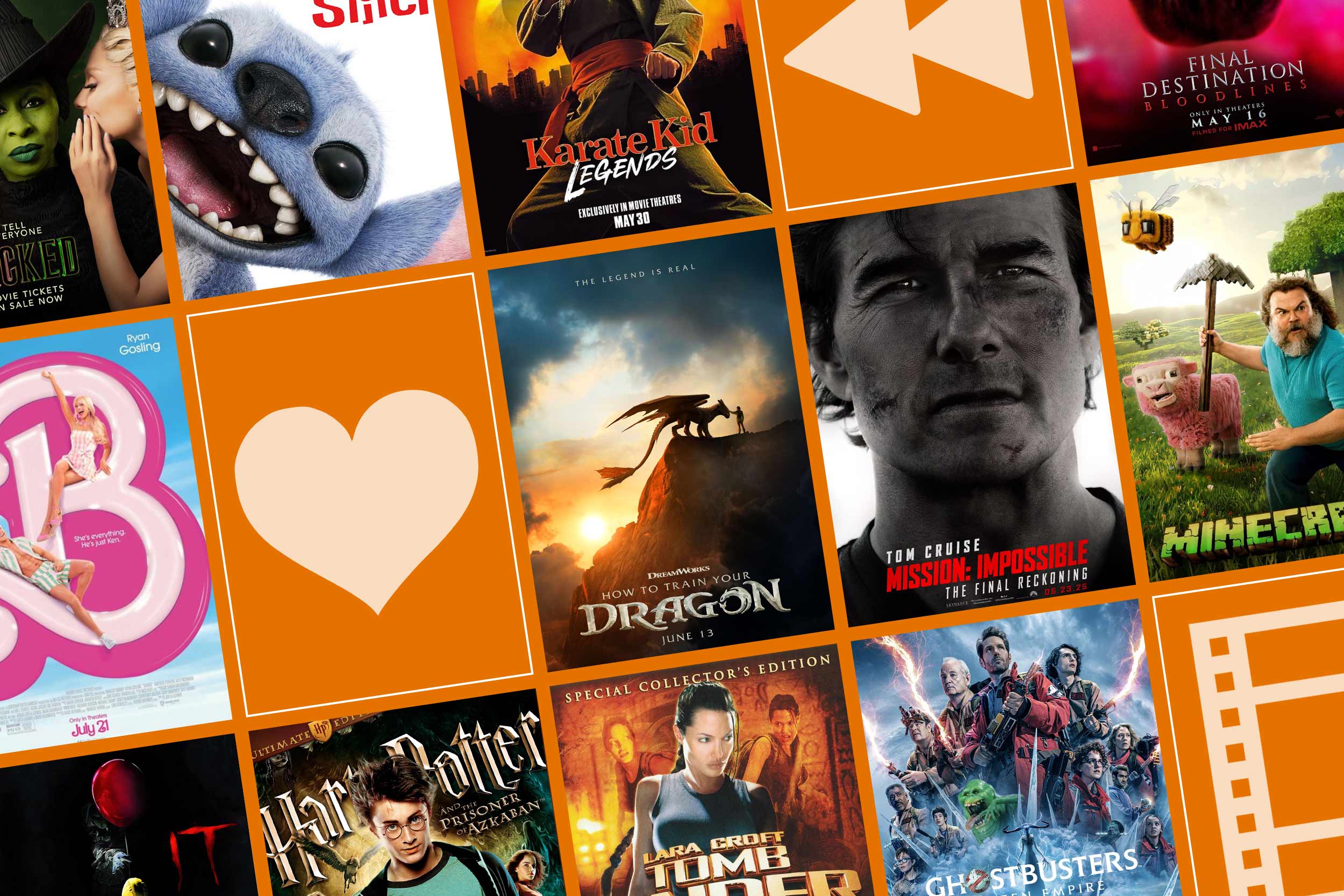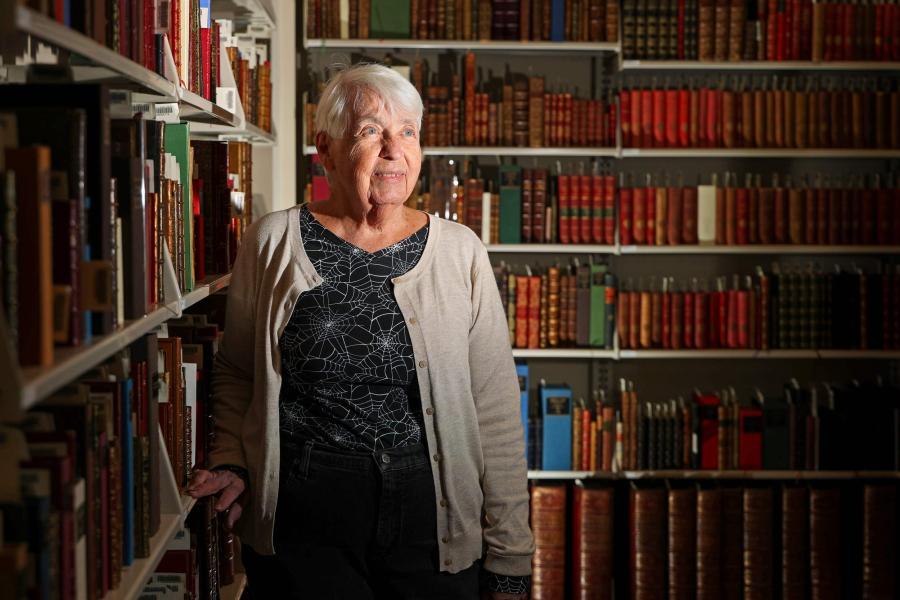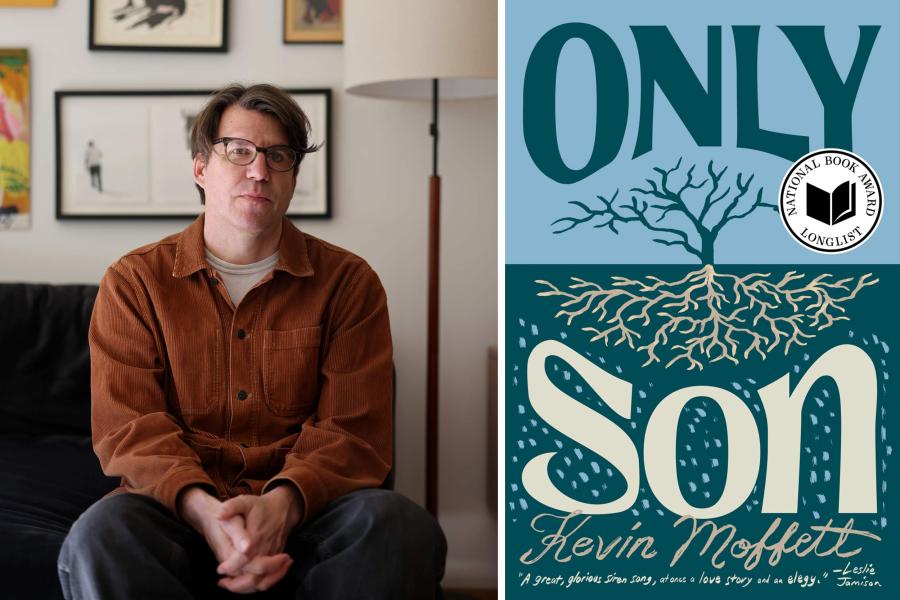In the first episode of the Apple TV series, “The Studio,” Seth Rogen plays a Hollywood studio boss tasked with making a box-office hit and prestige film about the Kool-Aid Man. He recruits director Martin Scorsese to make the movie, only for the Oscar-winning director to become intent on making a movie about Jonestown, the cult settlement in Guyana where followers took their own lives drinking poisoned Kool-Aid.

Jack Hamilton, left, and Sean Duncan both teach media studies at the University. (University Communications photos)
“The Studio” is meant as satire. But in a world where a horror movie about Winnie the Pooh and Piglet exists, it may not be far off.
This year, eight of the 10 top-grossing movies so far are sequels, adaptations or remakes, from “A Minecraft Movie” to “Lilo & Stitch” to “Final Destination: Bloodlines.” The 10 most commercially successful movies of 2024 were all based on pre-existing intellectual property, too.
“We have an existing fanbase, existing familiarity with a cinematic storytelling world, or with an IP, or, in the case of things like ‘Barbie,’ as a toy, and that is being very clearly capitalized upon,” said Sean Duncan, a University of Virginia assistant professor of media studies who teaches a course about film adaptations.
Familiarity practically guarantees an audience, he said. Adults who loved Disney cartoons as children are likely to buy tickets to see the latest live-action remake and bring along their own children.
“The movie industry tends to be really risk-averse,” Jack Hamilton, an associate professor of media studies at UVA, said. “Movies are expensive to make. Even a ‘lower budget’ movie will cost hundreds of thousands of dollars, if not millions of dollars, to make.”
Remakes, adaptations and sequels are a safer investment than original screenplays, and audiences continue to turn out in droves for the latest Marvel movie or “Mission: Impossible” sequel.
Changes to how viewers watch movies mean original films are even less financially viable. In the past, Duncan said, studios banked on recouping the cost of making a more niche movie with VHS and DVD purchases and rentals. Now, most people stream movies at home. Streaming services like Netflix essentially pay one fee to buy licenses to movies from studios, and the people behind those movies don’t make more money if their work takes off on a given platform.










